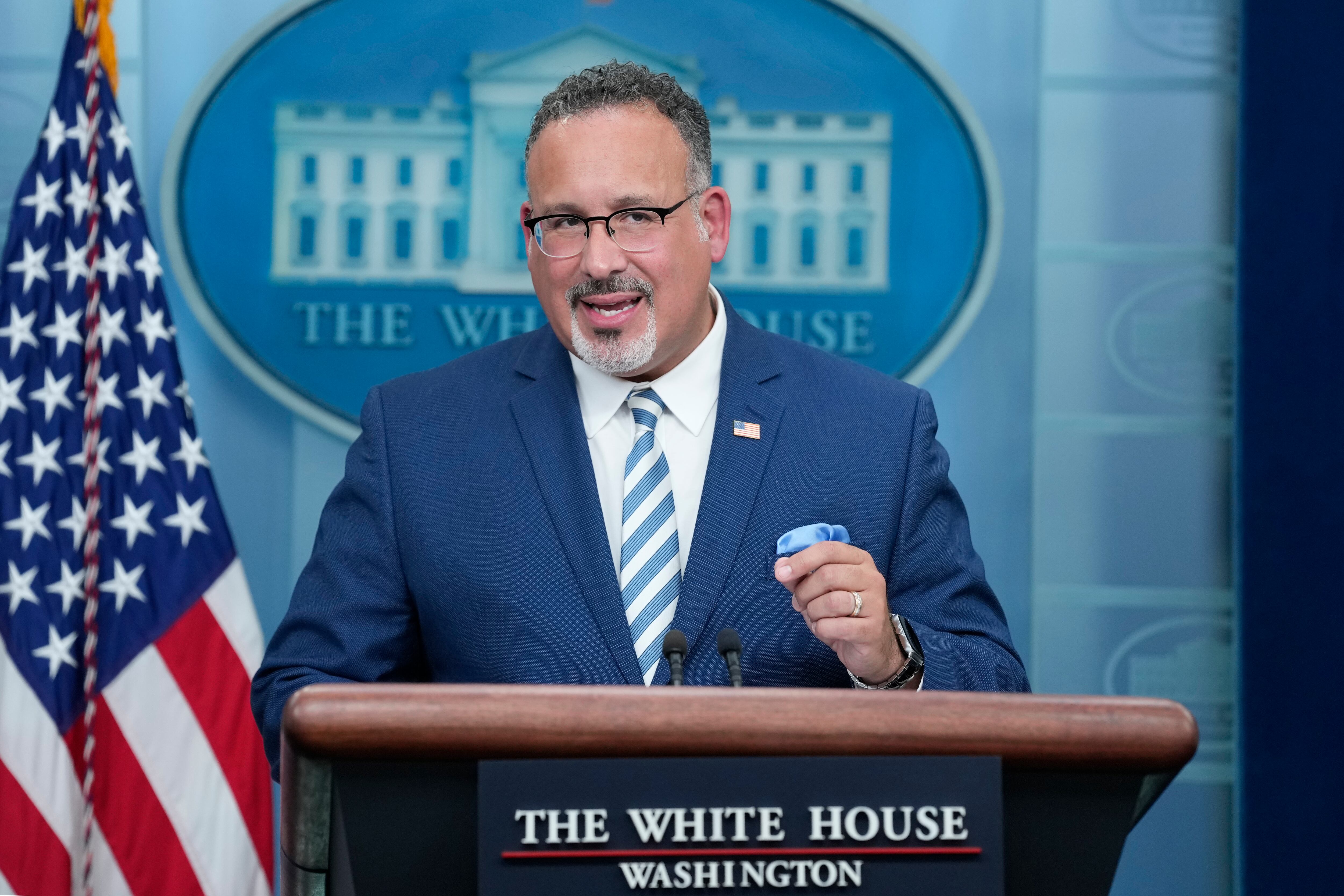Standing in front of the Office of Personnel Management’s headquarters in downtown Washington D.C., Iowa Rep. Ashley Hinson said she’s fighting what she considers the epitome of government waste: empty federal offices due to remote work.
“The COVID-19 pandemic has been over for quite some time,” she said in a video posted to Twitter on July 26. “Americans are back to work. But you know who’s not back to work? Federal bureaucrats.”
The video, which Hinson’s office offered to Federal Times in lieu of a statement, comes on the heels of findings by the Government Accountability Office that 17 of the 24 federal agency headquarters are using roughly a quarter of their building capacity. Hinson told Iowa reporters for the Quad-City Times that “federal agencies shouldn’t be wasting taxpayer money by operating at minimal capacity.” Agencies either need to give up those leases or increase in-person work, she said.
Hinson’s statements have broad support from House Republicans who have sought legislation that would force federal employees to return to pre-pandemic levels of telework. That bill, the SHOW Up Act, has yet to pass the U.S. Senate, but agencies have already taken it upon themselves to call employees back to offices more frequently this summer. So far, telework is still being offered, just in a more limited capacity than it has been in the last two years.
While OPM, federal unions and employees have said telework has made a positive difference in recruitment, employees’ ability to work longer hours and balance their careers with their families and personal needs, the shifting political landscape raises concerns for some who say those flexibilities could be wiped out if the administration, which has said it is cognizant of telework’s benefits, changes its mind.
Rep. Nancy Mace, a Republican from South Carolina, has also publicly shared that those who resist reentry should be fired from public service, she said in an interview CBS News.
RELATED

“To date, Biden administration officials have only referenced the Federal Employee Viewpoint Survey as evidence of the efficacy of expanded teleworking practices,” said a May letter sent to NASA from the Republican-led House oversight committee. “This self-reported data point cannot be viewed as objective evidence of efficacy, nor should it be the sole basis for determining whether existing telework policies are in the best interest of the American people.”
Opponents to telework have said public service has ultimately suffered as a result of widespread remote work, therefore making the strongest case for “excuses for allowing offices to sit empty” to end, wrote Michael Bloomberg, the former Democratic mayor of New York City from 2002 to 2013, in a Washington Post op-ed.
“Anyone who has set foot in Washington recently knows that the city remains a shadow of its former self, as too many federal employees continue working from home,” he writes.
At his company, which employs 20,000 people, workers have been in-person at least three days a week for more than a year, and that will increase to four days a week, he said.
“Remote work by civil servants is especially troubling because the federal government is a monopoly supplier,” he said. “In the private sector, if remote workers do a poor job, business suffers and customers take their spending elsewhere. In the public sector, people just have to put up with poor service.”
Some federal agencies reported that during the pandemic, telework comprised more than 80% of total work time, according to GAO.
Molly Weisner is a staff reporter for Federal Times where she covers labor, policy and contracting pertaining to the government workforce. She made previous stops at USA Today and McClatchy as a digital producer, and worked at The New York Times as a copy editor. Molly majored in journalism at the University of North Carolina at Chapel Hill.










